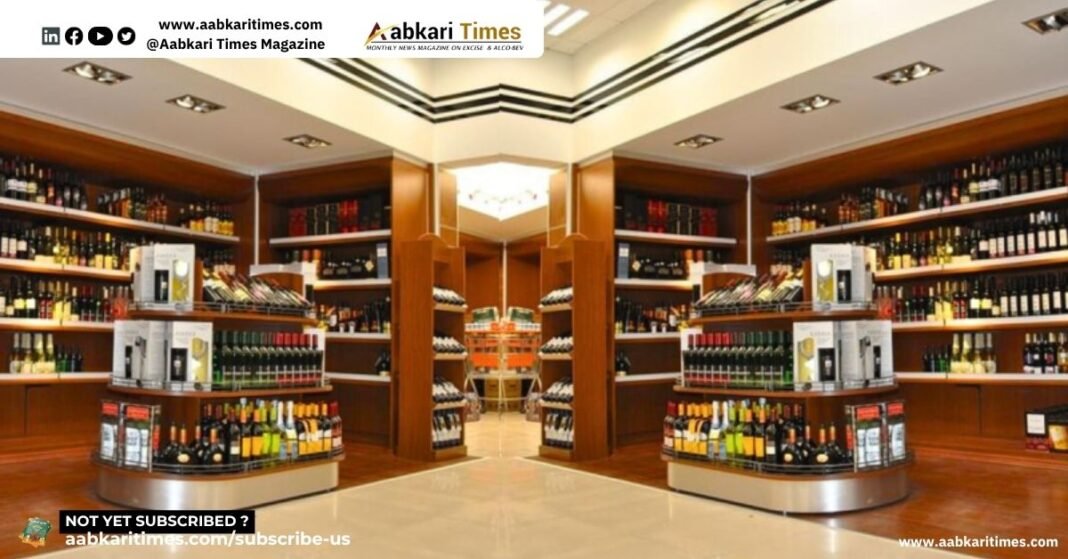More than 40 liquor zones in Gurugram didn’t attract any bidders during a recent government auction, highlighting growing frustration among local liquor retailers. Officials from the excise department said they are now exploring options like re-tendering or direct negotiations to allocate these unsold zones.
Out of 185 liquor shops up for auction in Gurugram, only 122 were successfully sold. The remaining 63 vends—25 in East Gurugram and 17 in the West—had no takers despite several auction rounds. The government is now offering a 3% discount on these zones in an attempt to generate an additional ₹500 crore in revenue.
“We’ve already collected ₹2,450 crore,” an excise official said anonymously. “But the high reserve prices, driven by soaring bids in previous years, are discouraging bidders. On top of that, the new 21-month license policy requires vendors to pay large sums upfront, which many small players find unfeasible.”
In past years, auctions saw rapid revenue growth. For instance, in 2023, auctions brought in a record ₹1,563 crore—45% more than in 2022. This year, 62 out of 83 zones in West Gurugram were auctioned, raising ₹1,270 crore, while 50 zones in the East generated a similar amount.
However, a major shift came in May when the Haryana government introduced a new excise policy. It slashed the maximum size of taverns (called ahatas) from 25,000 sq. ft. to just 1,000 sq. ft., banned live performances at liquor shops, and imposed stricter rules on how vendors could interact with customers.
Many vendors say these changes have made their business unviable. “We’re being asked to invest a huge amount upfront, but at the same time, the government is limiting our ability to earn,” said Ankush Goel, a long-time liquor shop operator. “We can’t host events, our ahatas have shrunk, and the focus has shifted entirely to high-end bars.”
Shashank Sangal, who owns the Liquor Forte retail chain, agreed: “There’s no option for phased payments anymore. These policies are squeezing out traditional retailers and benefiting large bar chains.”
Retailers also argue that restrictions on shop visibility and customer interaction have hurt footfall and sales. Meanwhile, bars and restaurants—unaffected by these rules—continue to thrive, creating an uneven playing field.
With many small vendors unwilling to commit to long-term, high-cost licenses under the new policy, the government may have to rethink its approach to avoid losing more ground in future auctions.















